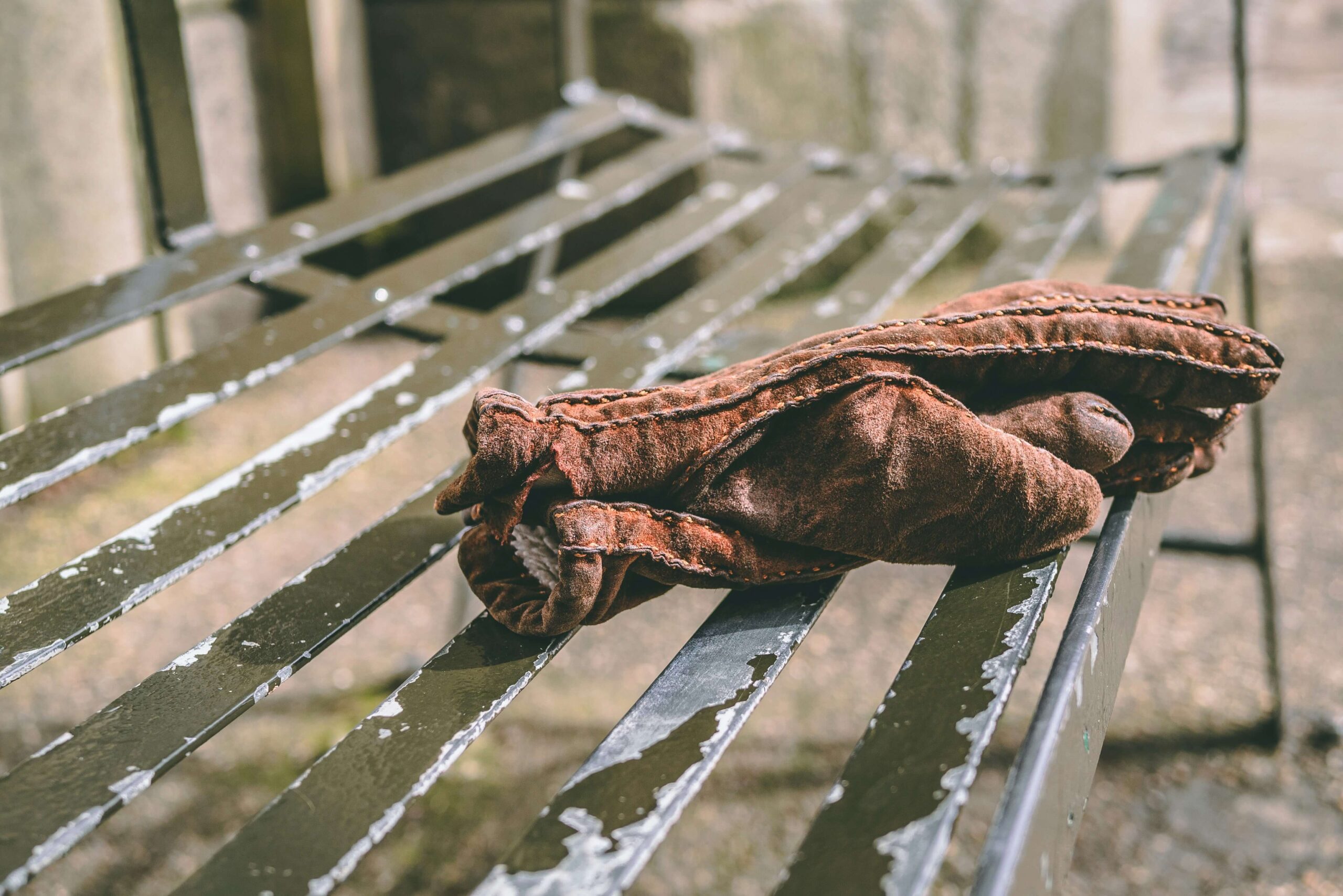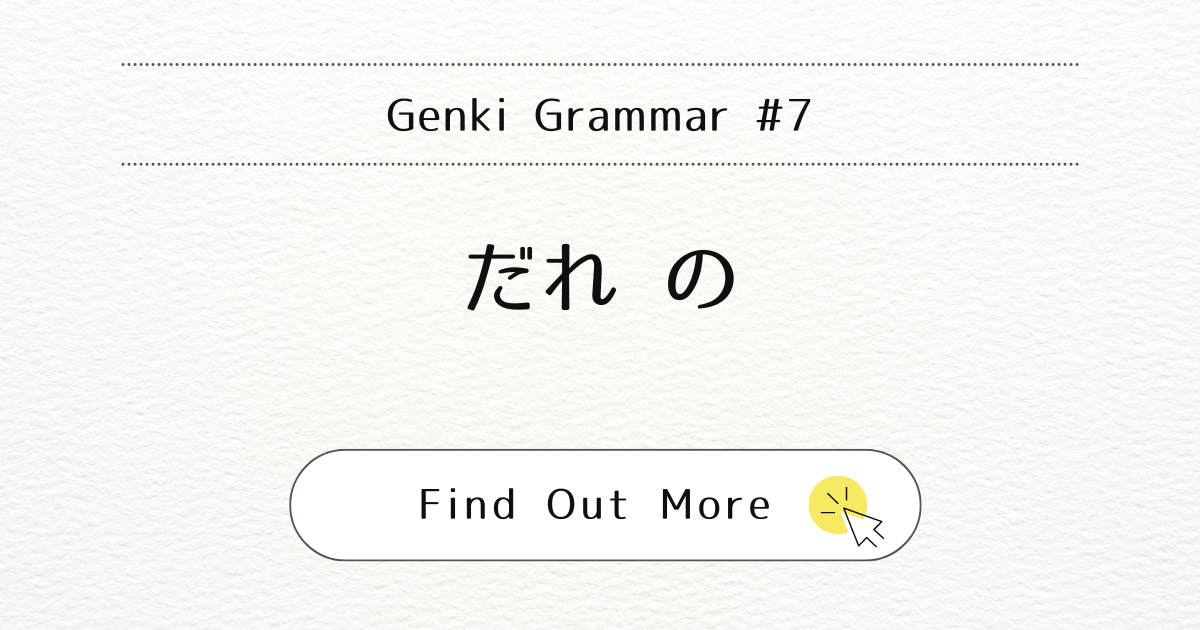
Introduction
In our previous post on “N1 no N2,” we learned how to say things like “Maria san no denwa bangou” (Maria’s phone number). Now, let’s learn how to ask who something belongs to. The question word for “who” is “dare,” and for “whose,” we add the particle “no” to say “dare no.”
What It Means
The phrase “dare no” means “whose” in English. It is used to ask about the ownership of an object. When you see something and want to know who it belongs to, you use “dare no.”
When You Use It
Use “dare no” when you want to find out who owns an object. This is helpful in everyday situations when you need to identify the owner of something.
Examples
Asking about ownership:
- A: これは だれの かばんですか。
(Kore wa dare no kaban desu ka.)
Whose bag is this? - B: それは マリアさんの かばんです。
(Sore wa Maria san no kaban desu.)
That’s Maria’s bag.

- A: これは だれの てぶくろですか。
(Kore wa dare no tebukuro desu ka.)
Whose gloves are these? - B: それは ジョンさんの てぶくろです。
(Sore wa Jon san no tebukuro desu.)
Those are John’s gloves.
Photo by Matt Seymour on Unsplash

Note
Remember, “dare no” is only used for asking about ownership. It’s a simple and effective way to find out who owns something. Just place “dare no” before the noun you are asking about.
Conclusion
Mastering “dare no” is a useful skill for asking about ownership in Japanese. By using “dare no,” you can easily ask and answer questions about who owns different items.



